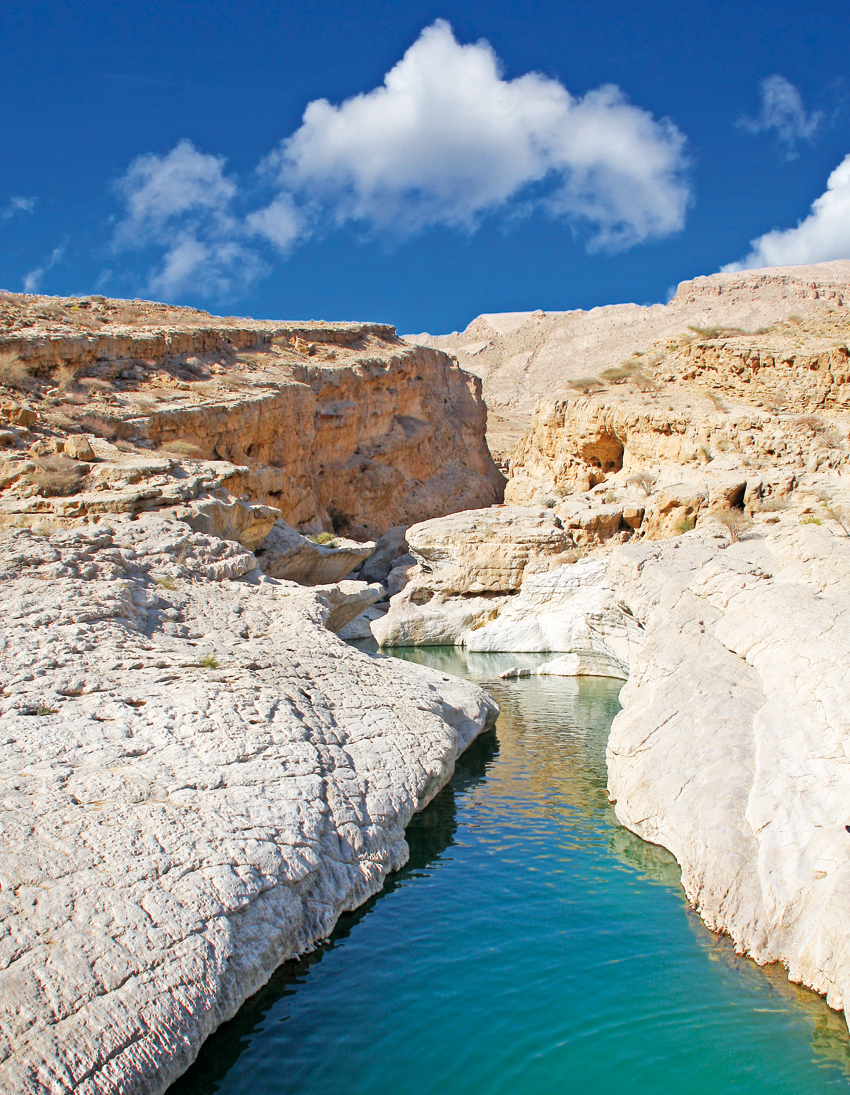

SAMUEL KUTTY -
MUSCAT, APRIL 7 -
Can rocks help fight global warming? Yes, its export can earn also money. Peridotite rocks, which are found abundantly in Oman, could soak up the carbon dioxide emissions and thereby reduce climate change. The Sultanate is blessed with the largest such rock formation in the world stretching more than 600 kilometres, with a width of 150 kilometres and a depth of 3 kilometres.
Subhi Nasr, Director of Earth Science Research Centre at Sultan Qaboos University, says that when the peridotite rock — made up mostly of silicate minerals olivine and pyroxene — reacts with carbon dioxide, it converts the gas into calcite, a solid mineral.
Peridotite rocks can absorb up to 100,000 tons of carbon dioxide every year and could do so for the next thousand years.
“One of the global and technological challenges is how to curb the increasing emissions of carbon dioxide in the air”, Dr Subhi says.
Over 40 international scientists are engaged in a $4 million project in Samail near Ibra to study how the rocks could be harnessed to soak up the main greenhouse gas carbon dioxide at a rate that could help slow global warming.
The project initiated in November is designed to drill 13 boreholes in the Samail peridotite. Observations on the drilled cores, geographical loggings and biological and hydrogeological measurements in the drilled boreholes will help in the understanding of the Samailophiolite.
The rocks are also found in California, Oregon, Montana, the Balkans and the Pacific islands of Papua New Guinea and New Caledonia.
According to Dr Subhi, the project includes researchers from the Earth Science Research Centre, Water Research Center, Oil and Gas Research Centre, College of Science and College of Engineering, in addition to some 40 foreign scientists from a broad spectrum of discipline.
The carbonization of peridotite rocks in Oman was the subject of a workshop held at SQU in 2011 and another in New York in 2012.
To absorb the carbon dioxide, the scientists propose to liquefy the carbon dioxide from gas-exporting plants and pump it through wells drilled into the rock.
They also propose to grind the peridotite rock and mix it with the liquefied carbon dioxide. Contact between carbon dioxide and peridotite causes a chemical reaction which, over time, converts them into minerals such as calcite.
The scientists hope that pumping carbon dioxide captured from power stations into the rock can significantly cut amounts released into the air.
“The process needs more research as drilling operations are costly, but it is still a lot cheaper and safer compared to other methods, such as converting carbon dioxide into coal and storing it underground” , says Dr Subhi in a publication by the Outreach Department of SQU.
Scattering the rock powder in marine areas could help preserve coral reefs, he adds.
In 2012, Dutch companies contacted the university to supply the rocks in powdered form to the Netherlands, but that plan did not work out because of the high cost of transporting the material from Oman to the Netherlands as well as the high cost of insurance.
Oman Observer is now on the WhatsApp channel. Click here



